Well, Parag Agrawal has been Twitter’s CEO for just about 24 hours now, and he’s already shaking things up!
Let’s have a look at one of the ways our Twitter experience will improve under his watchful eye:
https://twitter.com/disclosetv/status/1465683993869828097
That’s right, guys!
Sharing images is an important part of folks' experience on Twitter. People should have a choice in determining whether or not a photo is shared publicly. To that end we are expanding the scope of our Private Information Policy. 🧵
— Twitter Safety (@TwitterSafety) November 30, 2021
Beginning today, we will not allow the sharing of private media, such as images or videos of private individuals without their consent. Publishing people's private info is also prohibited under the policy, as is threatening or incentivizing others to do so.https://t.co/7EXvXdwegG
— Twitter Safety (@TwitterSafety) November 30, 2021
There it is, in black and white, crystal-clear. Twitter just wants to respect their users’ right to privacy. Surely we can all get behind that, right?
How does Twitter define "Private Individual"?
— Varun Gautam (@varun_gautam) November 30, 2021
Can Twitter law weigh in here? The president’s son… public or private https://t.co/wWKzdCPDCA
— e-beth (@ebeth360) November 30, 2021
Private, of course. Leave Hunter Biden aloooooone!
Wait 'til you see how arbitrarely they implement this.
— jacquoranda (@jacquoranda) November 30, 2021
You know, now that we think about it, we can’t help but wonder if some private individuals might wind up being more equal than others.
Recommended
What abt images in a news article that gets displayed when u post a link?
— @phflores (@phflores) November 30, 2021
https://twitter.com/LuxxeRich/status/1465686613669949441
I assume this means no more videos of people screaming at strangers about wearing or not wearing masks in a public place? Big win, that. https://t.co/hcdFPxqPGC
— Sonny Bunch (@SonnyBunch) November 30, 2021
so it sound like most news especially investigative news is now off the table
— OSUCH MAVIS (@MavisOsuch) November 30, 2021
This is an attack on organizations like Project Veritas.
— Bitcoin Senpai (@BitcoinSenpai) November 30, 2021
It could certainly make Project Veritas’ life more difficult.
Would this prevent the next central park Karen from being doxxed and attacked by the mob – or will it just protect the left from being exposed when they're caught indoctrinating kids in schools? Both? Neither?
I don't even know what this is. https://t.co/8Eh17rfCH5
— Lyndsey Fifield (@lyndseyfifield) November 30, 2021
If I film someone breaking into my car and tweet it, am I breaking the rules?
If someone films and tweets video of a riot and the looters faces are visible, is he breaking the rules?
If someone livestreams a protest on Twitter are they breaking the rules?
WHAT ARE THE RULES.
— Lyndsey Fifield (@lyndseyfifield) November 30, 2021
https://twitter.com/beyondreasdoubt/status/1465693294285836290
Does this answer your questions? Here’s what Twitter has to say (emphasis ours):
When we are notified by individuals depicted, or by an authorized representative, that they did not consent to having their private image or video shared, we will remove it. This policy is not applicable to media featuring public figures or individuals when media and accompanying Tweet text are shared in the public interest or add value to public discourse.
…
We recognize that there are instances where account holders may share images or videos of private individuals in an effort to help someone involved in a crisis situation, such as in the aftermath of a violent event, or as part of a newsworthy event due to public interest value, and this might outweigh the safety risks to a person.
We will always try to assess the context in which the content is shared and, in such cases, we may allow the images or videos to remain on the service. For instance, we would take into consideration whether the image is publicly available and/or is being covered by mainstream/traditional media (newspapers, TV channels, online news sites), or if a particular image and the accompanying tweet text adds value to the public discourse, is being shared in public interest, or is relevant to the community.
What determines whether media featuring private individuals are in the public interest or add value to public discourse? Is there a rulebook somewhere? A checklist?
Or is it just based on Twitter content monitors’ moods at that particular moment?
https://twitter.com/Shem_Infinite/status/1465690636657602562
Maybe we’re just getting ahead of ourselves, or maybe there’s reason to be concerned about how the rules will be enforced, based on the decidedly arbitrary manner in which other Twitter rules seem to be enforced.
https://twitter.com/realMgrArnoult/status/1465684176628334599
https://twitter.com/NathanWurtzel/status/1465693992985640971
Don’t be surprised if that’s how this ends up playing out.
The problem isn't that Twitter is going to decide this. The problem is that random blue checkmarks are going to decide this, raise a stink, and then Twitter will delete whatever it is they're angry about.
Screencap this one for later.
— Noam Blum (@neontaster) November 30, 2021
















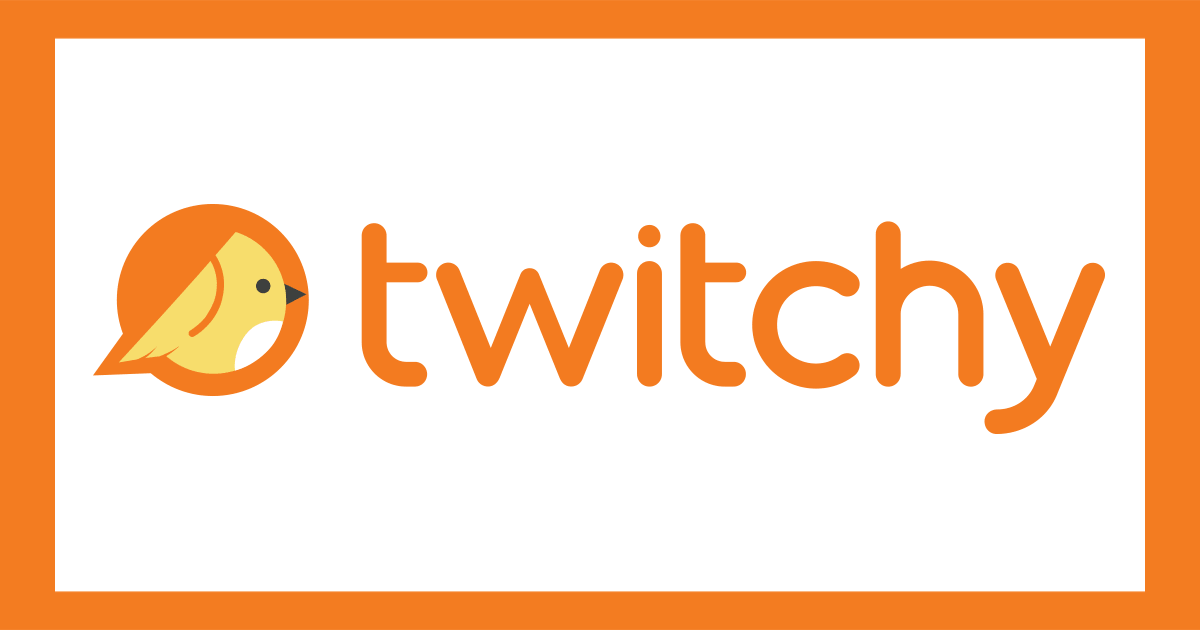
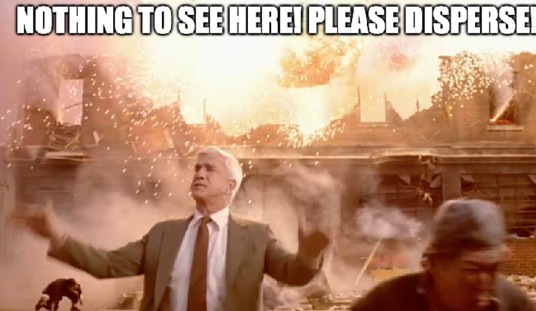
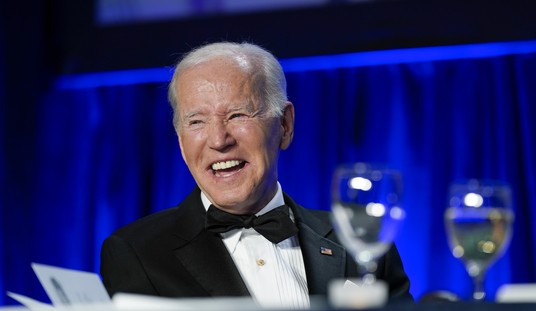
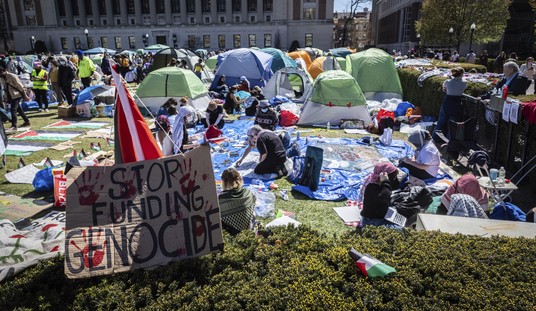
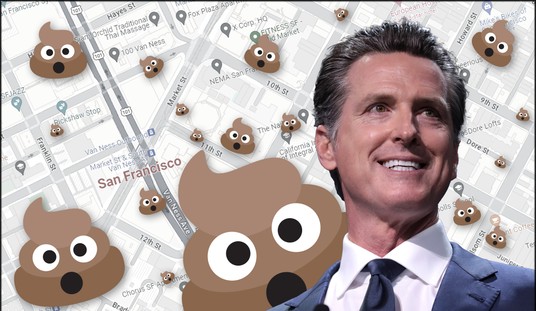
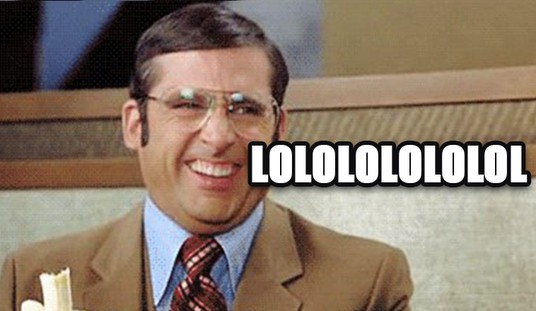
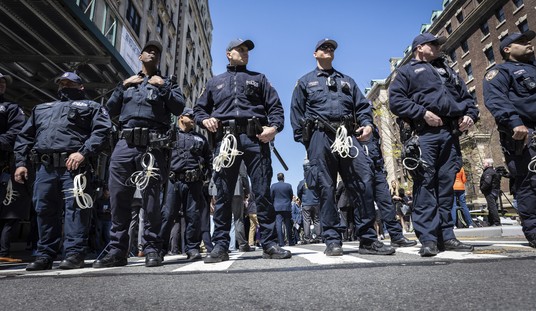

Join the conversation as a VIP Member